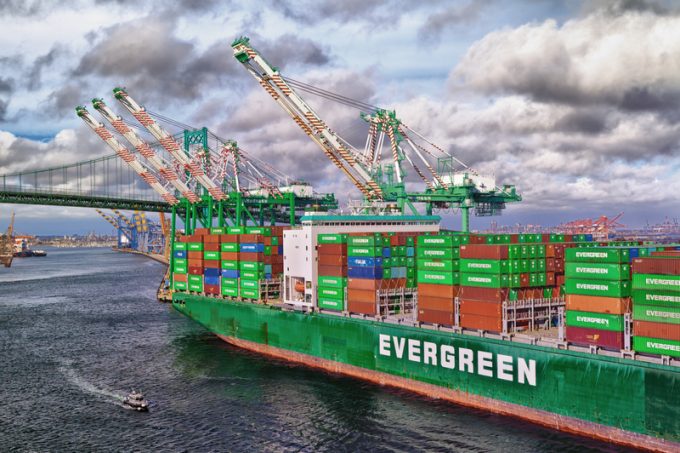New services and reinstated blanked sailings boost transpacific capacity
The Gemini Cooperation has introduced an additional transpacific service as a rush of demand and ...

Unless transpacific container carriers introduce some capacity discipline to the trade, such as that once imposed by the Transpacific Stabilization Agreement (TSA), rate levels are likely to fall to unprecedented lows, according to new analysis from Alphaliner,
Since the beginning of the year, freight rates from Asia to ...
Predatory rivals circle as the ripples from DSV's Schenker buy widen
MSC Elsa crew face criminal probe, as Wan Hai 503 firefighters battle on
Latest Israeli attack on Iran a threat to box ships in Straits of Hormuz
Industry concerns rise after yet another box ship on fire off Indian coast
'It's driving us mad', say forwarders as US court fails to end tariff turmoil
European port congestion easing – for now
More legal trouble in India for MSC: feeder vessel detained after box ship disasters


Comment on this article